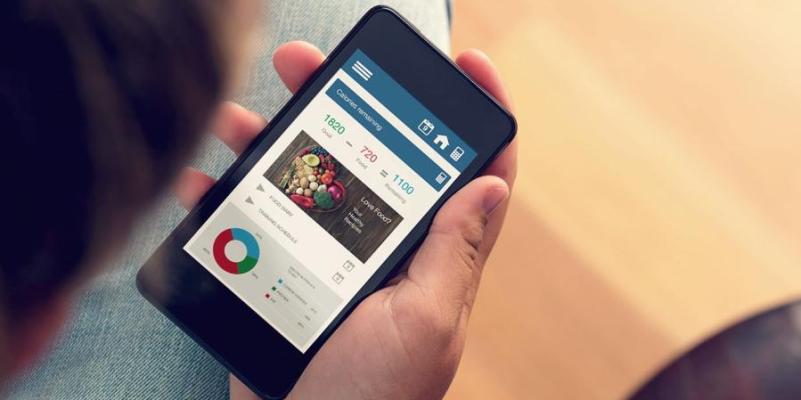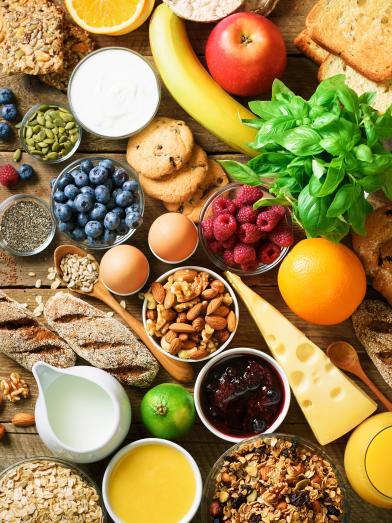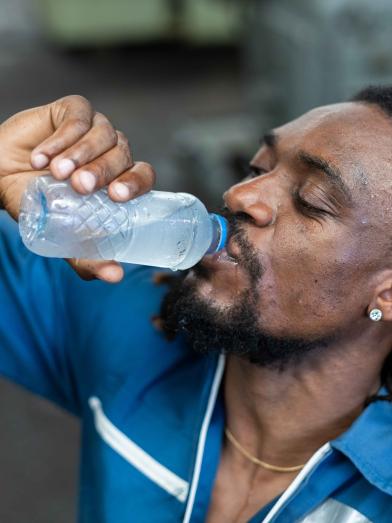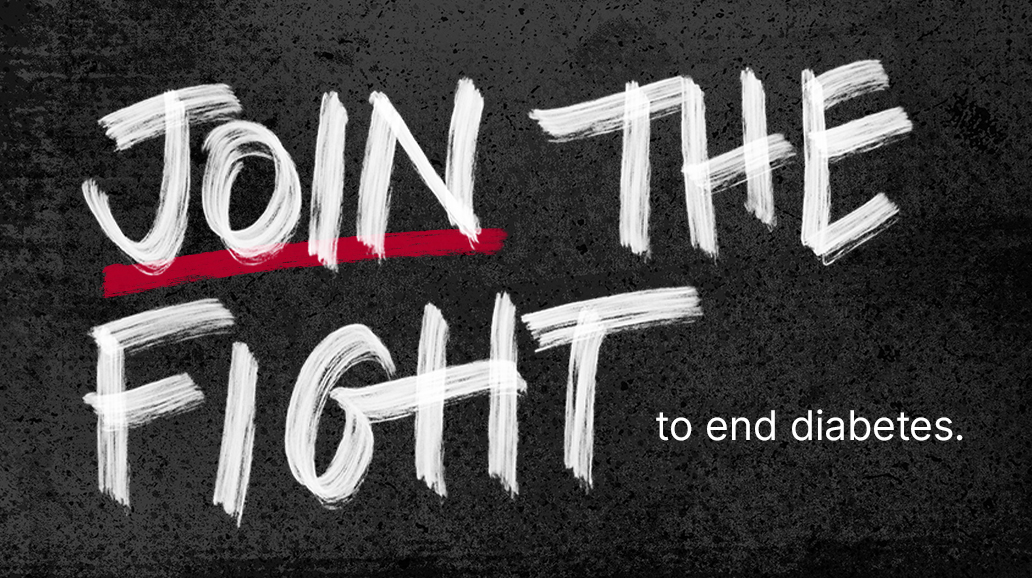Los carbohidratos se encuentran de forma natural en ciertos alimentos. Por ejemplo, los cereales, los dulces, los almidones, las legumbres y los productos lácteos contienen distintas cantidades de carbohidratos.
Cuando se digieren alimentos y bebidas con carbohidratos, estos se descomponen en glucosa para alimentar nuestras células y el nivel de glucosa o azúcar en sangre del cuerpo aumenta. En las personas sin diabetes, los niveles de glucosa en sangre aumentan después de comer, pero la respuesta de insulina del cuerpo evita que los niveles aumenten demasiado.
Si tiene diabetes, existe un problema con la insulina que se utiliza para procesar la glucosa en sangre. La forma en que el conteo de carbohidratos puede ayudarlo a controlar la glucosa en sangre depende del tipo de diabetes que tenga y de su plan de tratamiento.
- Tipo 1: si tiene diabetes tipo 1, el páncreas deja de producir insulina, por lo que necesita tomar insulina para controlar los cambios en la glucosa en sangre a partir de los alimentos que consume. Para ello, debe saber cuántos carbohidratos hay en sus comidas y refrigerios, ¡es hora de contarlos!
- Tipo 2: Si tiene diabetes tipo 2, es resistente a la insulina que produce su cuerpo y no produce la suficiente para alcanzar sus niveles objetivo de glucosa en sangre. Es importante que tenga cuidado con su consumo de carbohidratos. Para evitar niveles altos de glucosa en sangre, es útil ingerir una cantidad constante de carbohidratos en las comidas y refrigerios a lo largo del día. Las personas que toman otros medicamentos pueden utilizar una forma más básica de conteo de carbohidratos que las que toman insulina.
¿Cómo se cuentan los carbohidratos?
El conteo de carbohidratos en su nivel más básico implica contar la cantidad de gramos de carbohidratos en una comida y compararla con su dosis de insulina.
Si se administra insulina a la hora de comer , eso significa que primero hay que contabilizar cada gramo de carbohidrato que se ingiere y dosificar la insulina a la hora de comer en función de ese recuento. Se utilizará lo que se conoce como proporción insulina-carbohidratos para calcular la cantidad de insulina que se debe administrar para controlar los niveles de azúcar en sangre después de comer. Esta forma avanzada de conteo de carbohidratos se recomienda para personas que reciben una terapia intensiva con insulina mediante inyecciones o bomba, como las personas con diabetes tipo 1 y algunas personas con diabetes tipo 2.
Si bien las personas con diabetes tipo 2 que no se inyectan insulina a la hora de comer pueden no necesitar un recuento detallado de carbohidratos para mantener bajo control sus niveles de azúcar en sangre, algunas prefieren hacerlo. Si bien algunas personas optan por seguir con el recuento de carbohidratos tradicional, hay otras que hacen una versión más básica del recuento de carbohidratos basada en "opciones de carbohidratos", donde una "opción" contiene aproximadamente 15 gramos de carbohidratos. Otras usan el Método del Plato para la Diabetes para comer una porción razonable de alimentos que contengan carbohidratos en cada comida, limitando los cereales integrales, las verduras ricas en almidón, las frutas o los productos lácteos a una cuarta parte del plato.
Existen varias formas de hacerlo y, en realidad, todo depende de las preferencias personales, pero recuerde que el mejor método de conteo de carbohidratos para usted es el que se adapta a sus necesidades de medicación y estilo de vida. Un nutricionista dietista registrado (RDN/RD) o un especialista certificado en educación y atención de la diabetes (CDCES) pueden ayudarlo a determinar qué funciona mejor para usted.
¿Cuántos carbohidratos debo comer?
En cuanto a la cantidad ideal de carbohidratos por comida, no existe una cifra mágica. La cantidad de carbohidratos que necesita cada persona está determinada en gran medida por el tamaño corporal y el nivel de actividad. El apetito y el hambre también influyen.
Para determinar cuántos carbohidratos deberías ingerir, programa una cita con tu dietista o dietista registrado o con el CDCES. Ellos elaborarán un plan de alimentación específico para ti. Este servicio, cuando lo brinda un dietista, se conoce como terapia nutricional médica.
Las sesiones de educación para el autocontrol de la diabetes (DSME, por sus siglas en inglés) también pueden incluir la creación de un plan de alimentación. Durante las sesiones, determinará sus necesidades de carbohidratos y cómo dividirlos entre sus comidas y refrigerios. La respuesta de cada persona a la insulina será diferente y no queremos que la dieta sea más restrictiva de lo necesario para controlar los niveles de azúcar en sangre.
Encuentre un programa de educación sobre la diabetes
Para comenzar, deberá averiguar cuántos carbohidratos consume en sus comidas y refrigerios actuales. Hacer un seguimiento de su ingesta de alimentos y de su nivel de azúcar en sangre antes y aproximadamente 2 o 3 horas después de las comidas durante unos días puede brindarle información útil a usted y a su equipo de atención de la diabetes para ver cómo las diferentes comidas afectan su nivel de glucosa en sangre y así poder determinar la cantidad adecuada de carbohidratos para usted.
¿Cuántos carbohidratos hay en mi comida?
Puedes averiguar cuántos carbohidratos tienen los alimentos leyendo las etiquetas de los alimentos. Si un producto no tiene una etiqueta de alimentos, como una pieza entera de fruta o verdura, hay aplicaciones y otras herramientas disponibles para ayudarte a calcularlo. Por ejemplo, la base de datos de composición de alimentos del Departamento de Agricultura de los EE. UU. tiene información nutricional de miles de alimentos en un formato que se puede buscar. La buena noticia es que, cuanto más practiques el conteo de carbohidratos, más recordarás el contenido de carbohidratos de los alimentos que consumes habitualmente.
Hay dos elementos en la etiqueta de información nutricional a los que debes prestar atención al contar los carbohidratos:
- Tamaño de la porción. El tamaño de la porción se refiere a la cantidad que una persona suele comer o beber, y toda la información que aparece en la etiqueta se refiere a esta cantidad específica de alimento. Si come más, deberá tener en cuenta los nutrientes adicionales. Por ejemplo, si come dos o tres porciones de algo, deberá duplicar o triplicar la cantidad de gramos de carbohidratos (y todos los demás nutrientes) que figuran en la etiqueta en sus cálculos.
- Gramos de carbohidratos totales. Esta cifra incluye todos los carbohidratos: azúcar, almidón y fibra. Así es: no tienes que preocuparte por sumar gramos de azúcares añadidos, ¡están incluidos en la cantidad de carbohidratos totales! Los azúcares añadidos y otras viñetas que aparecen debajo de la lista de carbohidratos totales se incluyen para brindar más información sobre lo que contienen los alimentos que estás comiendo. Y si bien no tienes que preocuparte por sumar azúcares añadidos cuando se trata de contar carbohidratos, debes intentar minimizar la cantidad de azúcar añadido en los alimentos que consumes.
¿Qué pasa con las proteínas y las grasas?
El conteo de carbohidratos sería sencillo si solo comiéramos alimentos con carbohidratos, pero las comidas suelen ser una mezcla de carbohidratos, proteínas y grasas. Una comida rica en proteínas y grasas puede cambiar la velocidad con la que el cuerpo absorbe los carbohidratos, lo que afecta los niveles de azúcar en sangre.
Una buena manera de entender cómo los alimentos afectan el nivel de azúcar en sangre es llevar un registro de los valores y hablar de ellos con el equipo de atención de la diabetes, que incluye un nutricionista, un dietista registrado o un especialista en diabetes. El monitoreo continuo de la glucosa (MCG) o el autocontrol de la glucosa en sangre también pueden ayudar, especialmente para la dosificación de insulina.
¿Qué debo comer?
Ya sea que cuentes cada gramo de carbohidratos o utilices uno de los otros métodos de planificación de comidas, querrás elegir alimentos que sean ricos en nutrientes. Opta por alimentos integrales que no estén procesados y en su estado natural, como verduras, frutas, cereales integrales y proteínas magras. Los alimentos procesados, como las galletas envasadas, las galletas saladas y otros bocadillos, generalmente contienen sal, azúcar, carbohidratos, grasas o conservantes agregados.
Aunque parezca mucho, no te agobies: empieza por hacer pequeños cambios y cúmplelos. ¡Incluso los cambios pequeños pueden tener resultados enormes!






